Having won the Swiss Super League title by 31 points during the 2020/21 season, BSC Young Boys manager Gerardo Seoane was snatched up by one of the Bundesliga’s most historical and exciting clubs – Bayer Leverkusen.
Unsurprisingly, the former head coach was taken to a top-five league.
It became almost inevitable during his reign due to the exciting brand of football on display at the Wankdorf Stadium and the success which ensued, lifting three league titles on the bounce in just as much time.
Seoane was always going to be a tough act to follow.
Still, given the gargantuan points difference between Young Boys and second-placed FC Basel, nobody would’ve expected such a worrying drop-off in just one season.
The former Huddersfield and Schalke boss David Wagner was handed the reins, but by the time of his dismissal in March, the champions were 15 points adrift of FC Zürich.
His permanent replacement was the former Basel manager Raphaël Wicky, who was most famously known for beating José Mourinho’s Manchester United and Pep Guardiola’s Manchester City in the same UEFA Champions League campaign back in 2017/18.
Wicky has completely turned it around in the current season as Young Boys sit top of the table by 15 points, boasting the best attack and defence in the division by a country mile.
In this tactical analysis piece, we will take a look at Raphaël Wicky tactics he is using in Bern to guide the Swiss giants back to the top.
Setting the scene
Throughout his tenure at the Wankdorf Stadium, Seoane advocated for the 4-4-2.
According to Wyscout, the conventional structure was the most utilised shape during his reign in Bern.
Out of possession is where this showed the most.
Once Wagner took charge of the three-peat champions, he wasn’t going to be the one to shake things up drastically.
The American-German maintained the faith in the 4-4-2 and over the course of the 2021/22 campaign, the formation was used in 63 percent of Young Boys’ matches.
If it ain’t broke, don’t fix it.
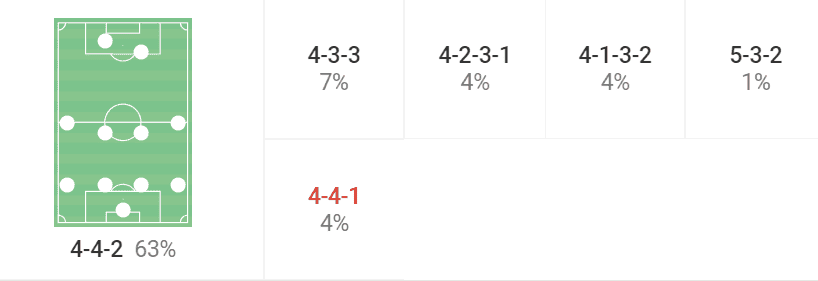
Well, it wasn’t broken when Seoane left but it certainly was by the day of Wagner’s dismissal.
Upon arrival at the club, interim boss Matteo Vanetta kept going with the 4-4-2 which saw mixed results.
A few wins, a few draws and some defeats, but it was always going to be tough to stop the team from bleeding with just 11 games of the season remaining.
Then, Wicky came in.
The former Chicago Fire boss suffered some losses in the squad, such as the experienced Miralem Sulejmani, Michel Aebischer, Jordan Lefort, Wilfried Kanga, Theoson Siebatcheu and Cristopher Martins Pereira.
However, his signings were intelligent, astute and sensible, bringing in the likes of Rangers’ Cedric Itten, Servette FC’s Kastriot Imeri and Filip Ugrinic from FC Luzern while also regaining the services of Jean-Pierre Nsame from his loan.
The squad was bolstered and, unsurprisingly, the shape changed.
Wicky moved to a diamond which was a bold but intriguing choice.
Not many top sides use a diamond in midfield anymore and so it was quite a refreshing change from his predecessors.
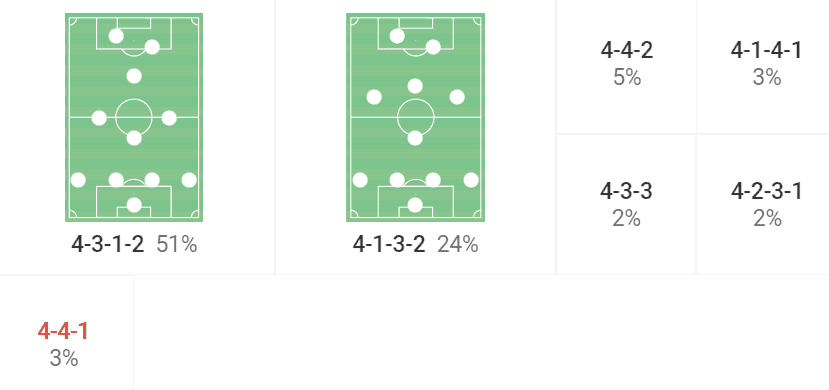
Sometimes the shape is a 4-4-2 diamond but on other occasions, it can resemble more of a 4-1-3-2 or a 4-3-1-2 but let’s not get bogged down in these details that are simply situational and are dependent on where the opposition’s midfielders are.
Nevertheless, despite being such the dominant team in Switzerland this season, BSC Young Boys’ pizza chart makes for interesting reading.
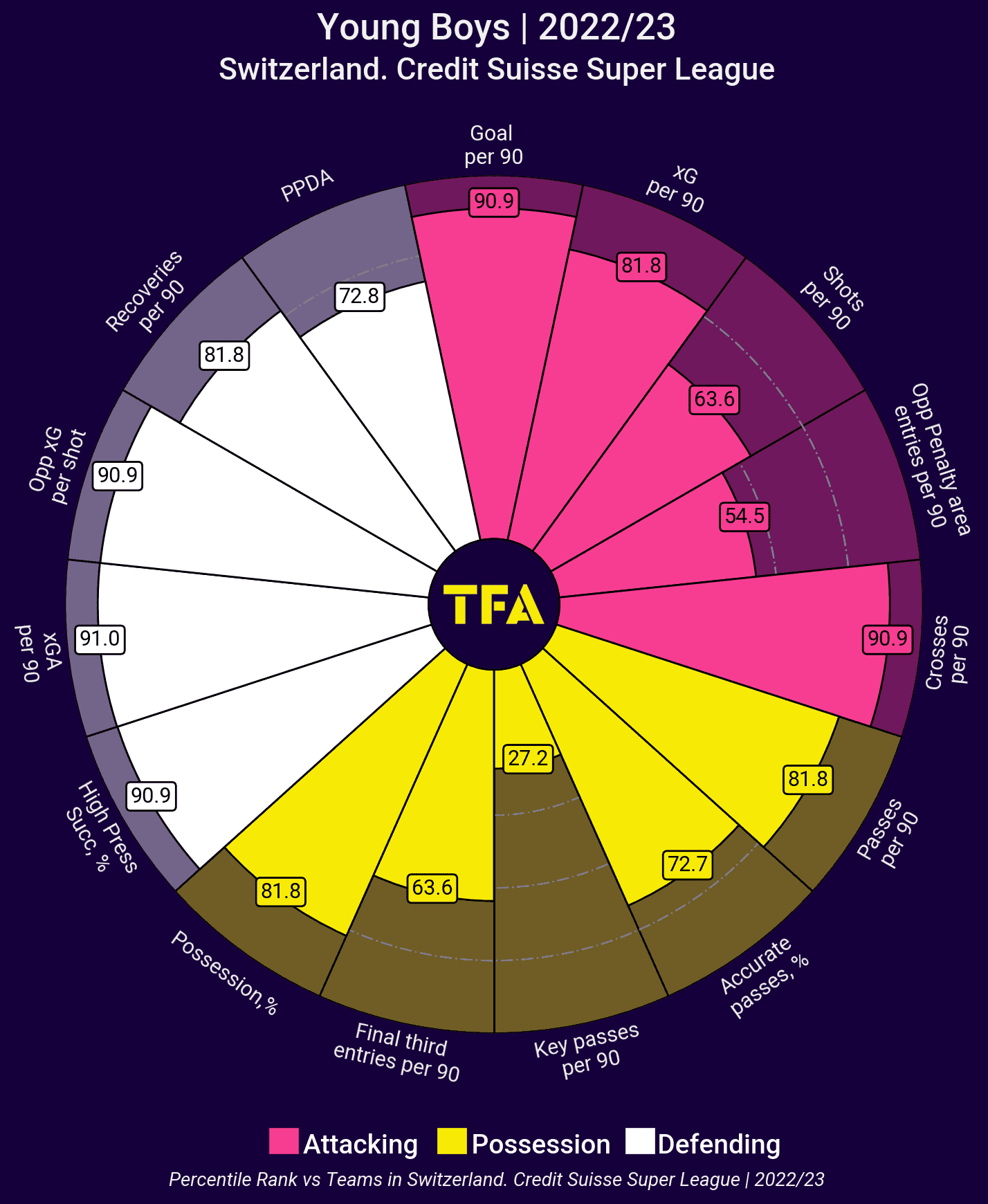
While Wicky wants his side to dominate possession, it clearly isn’t the be-all and end-all of his football philosophy.
They are not even in the top 90 percent in many attacking metrics apart from two, including the one that matters the most – goals!
Nevertheless, they do rank incredibly high in metrics out of possession, alluding to Young Boys being a very intense and energetic team when defending.
But more on this later in this team scout report.
Essentially, there is lots of pressing, plenty of crosses and an abundance of goals.
It’s a little more niche than that but we’ll break it down as best we can.
Defending in a diamond
There are a lot of disadvantages when playing with a 4-4-2 diamond shape, particularly the overreliance on the fullbacks and the wide central midfielders to do a lot of the donkey work.
Given the nature of the narrow midfield, the fullbacks are the sole providers of width and have quite a lot of ground to cover up and down the flanks.
Meanwhile, the wide central midfielders are tasked with getting across to the wide areas to ensure that the fullbacks are not overloaded by the opposition.
This is especially trivial if the attacking side constantly switch the play.
And yes, Young Boys suffer from both of these issues.
But every shape has upsides as well as downsides.
There are also massive benefits to using a 4-4-2 diamond, namely when pressing the opposition high up the pitch.
But first, let’s perform an analysis of Wicky’s structure.
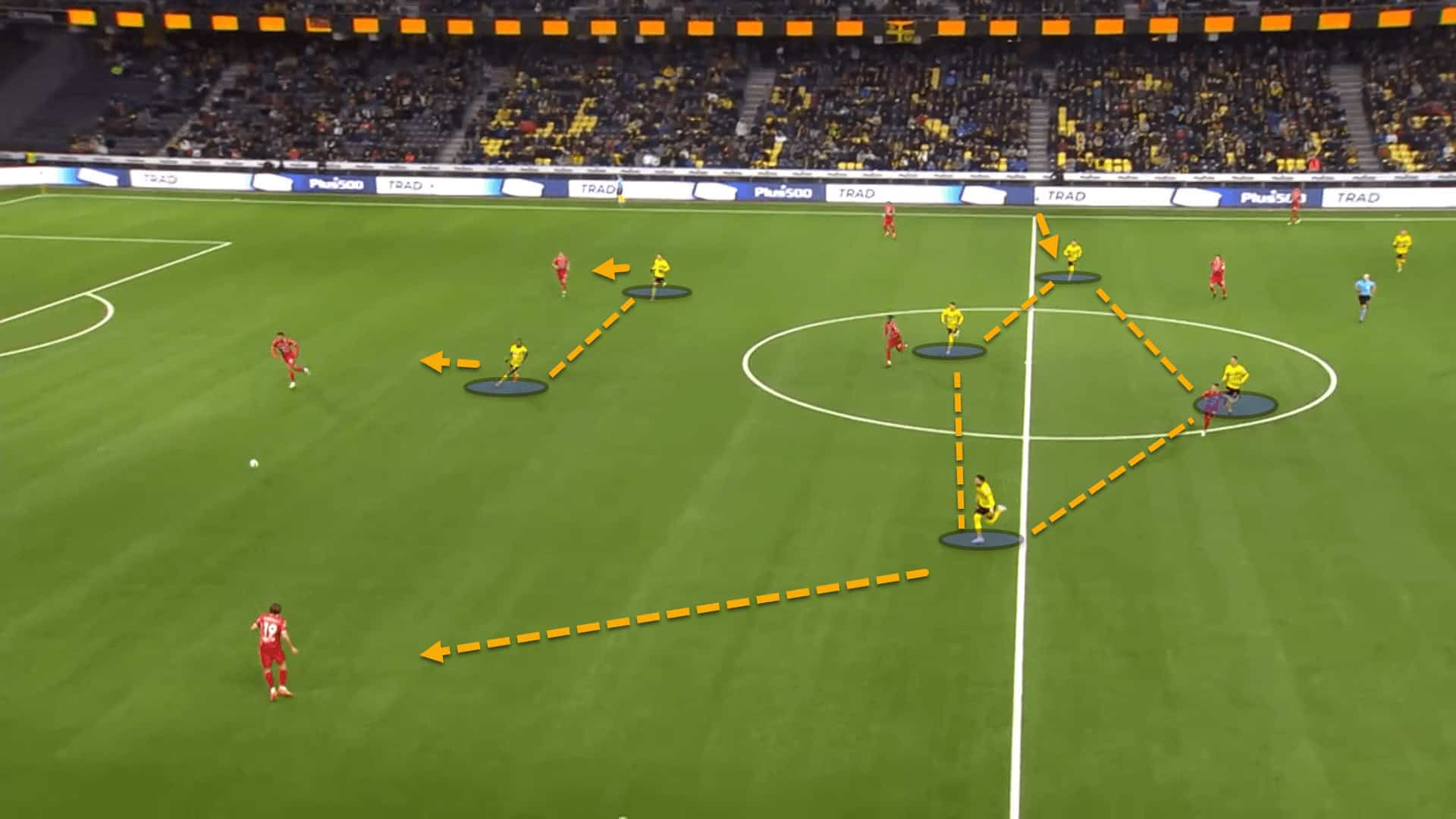
This is quite a rudimentary position for Young Boys to be in when pressing against a back four with one pivot in front.
The strikers mark the centre-backs and the number ‘10’ takes the opponent’s ‘6’ or deepest-lying midfielder.
The wide central midfielders have an important role, one that is completely situational.
Depending on which fullback from the opposition receives the ball, the nearest central midfielder will push up to press them while the other tucks inside to offer balance.
The players closest to the ball all man-mark an opponent, trying to regain possession using the sidelines as an extra man.
This process is normally known as ‘locking on’ in many coaching circles.
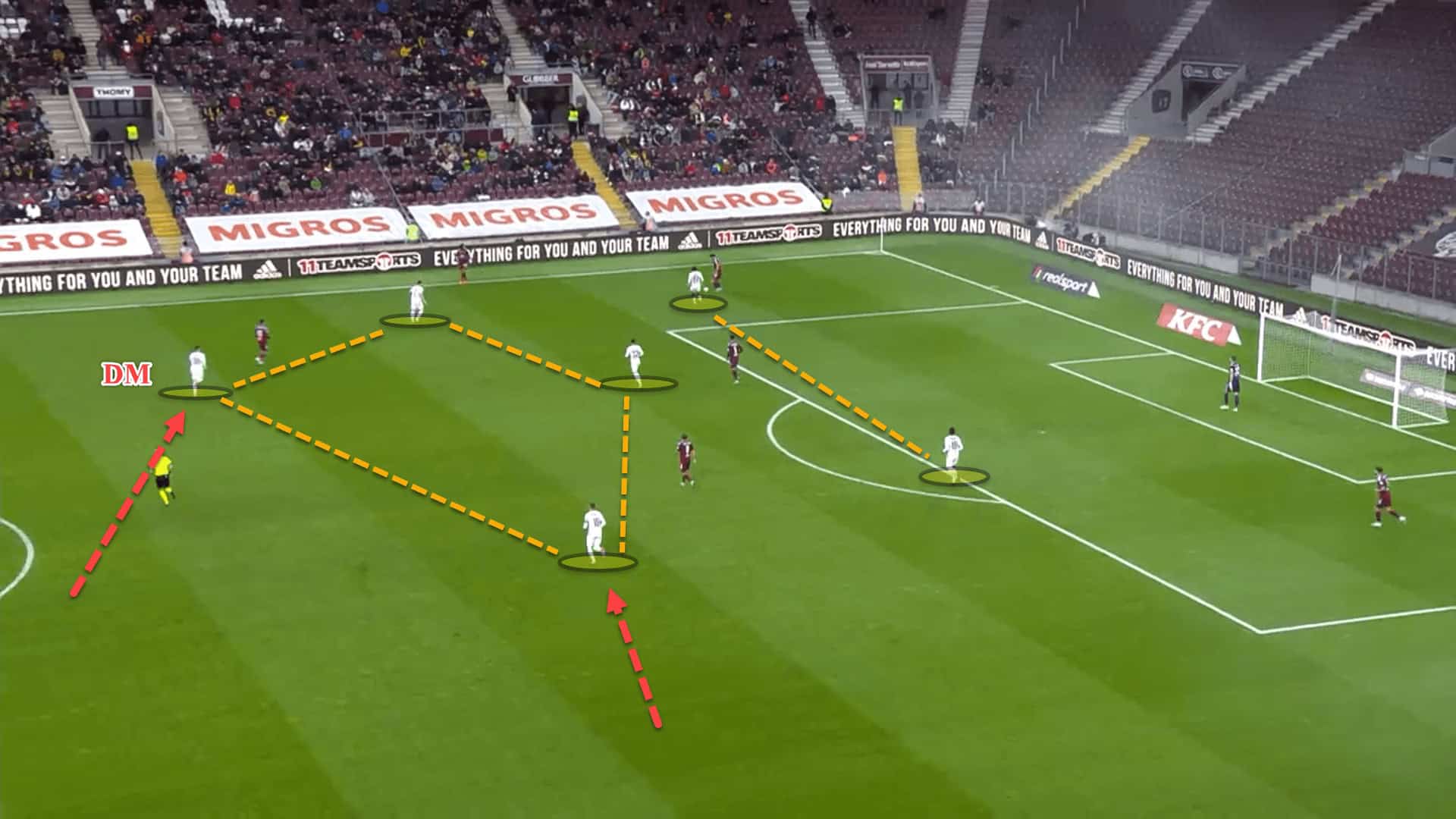
Even the pivot – the player that notoriously protects the backline in these moments – steps across and marks any free players that could be a potential get-out-of-jail-free card for the opposition to bypass the press.
The backline push up in unison with the rest of the defensive block, parking right at the halfway line, attempting to limit the space between themselves and the midfield.
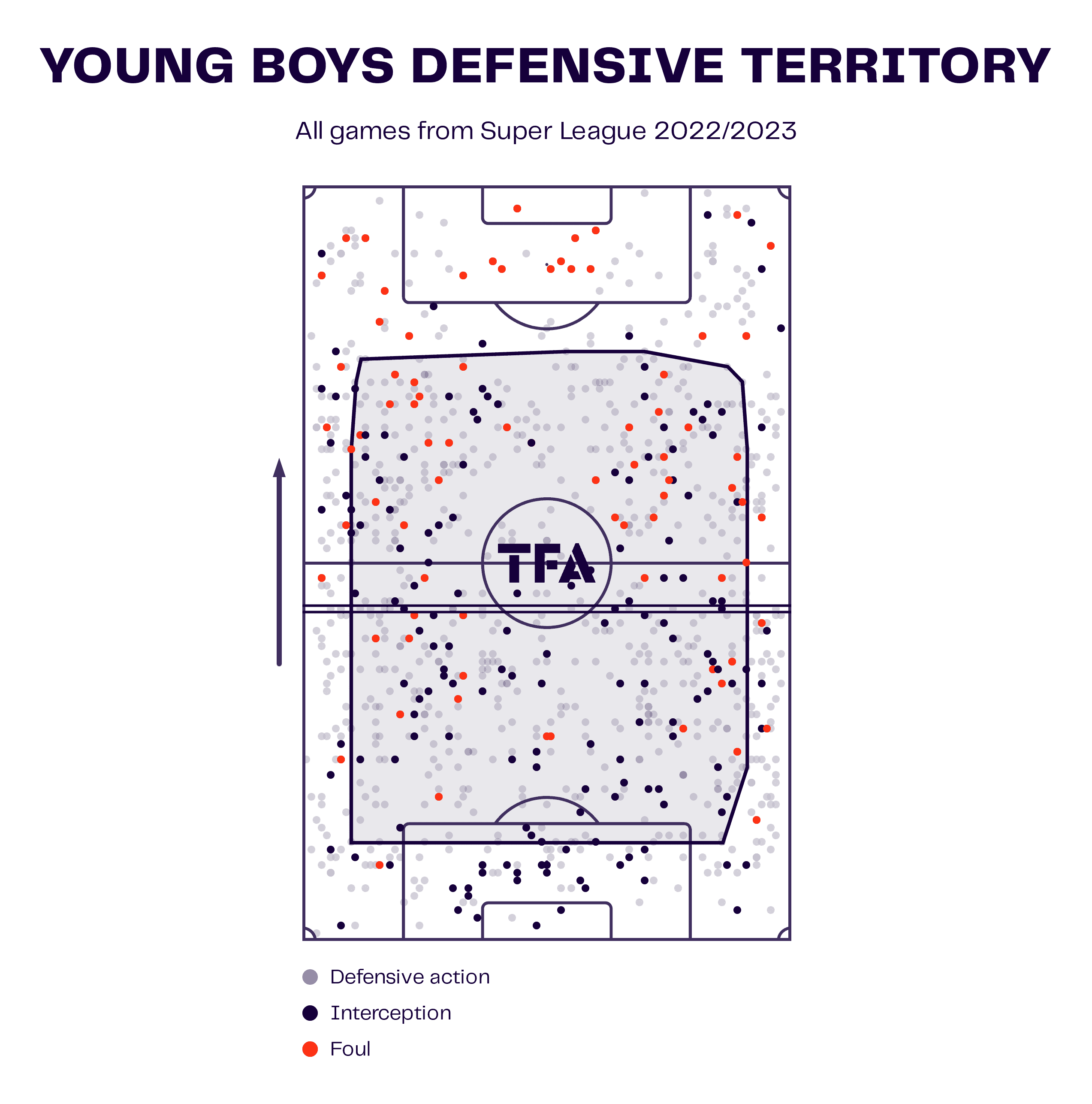
This is evident from the average defensive line height of Young Boys’ defence this season which is practically at the halfway mark.
What is also noticeable is just how many defensive actions there have been in the opposition’s half of the pitch too.
Let’s scrutinise this in closer detail.
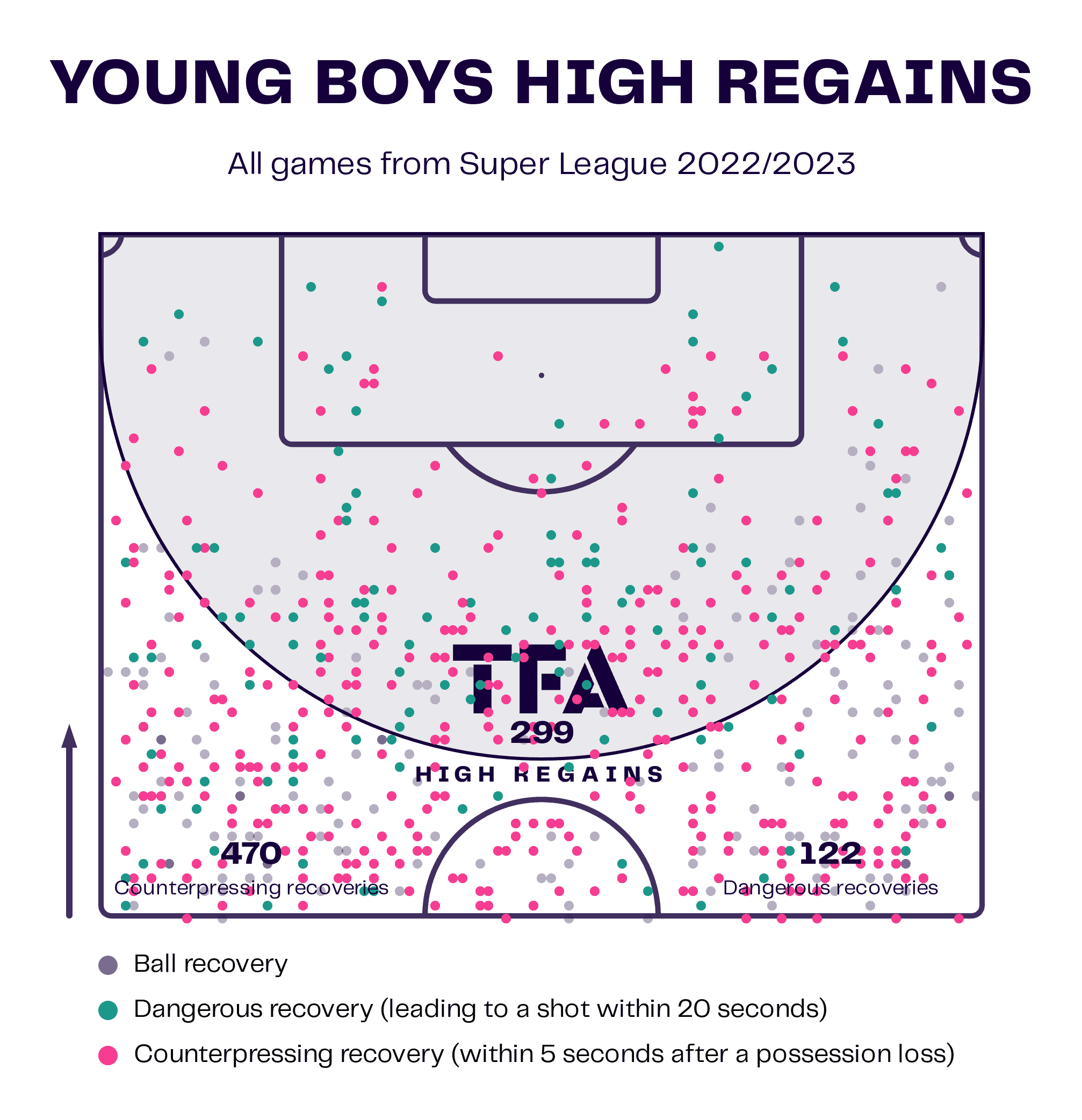
In the Swiss Super League, the champions-elect have registered 299 high regains in the opposition’s half, 470 counterpressing recoveries and 122 dangerous recoveries.
Furthermore, 29 of these ball recoveries have come in the 18-yard box.
The 4-4-2 diamond set-up out of possession is almost tailor-made for playing in transition.
That’s not to say Young Boys always play on the counterattack, but merely that they can.
Ole Gunnar Solskjaer similarly used the shape during his interim spell at Manchester United which saw the Red Devils put an insane run of form together.
Essentially, once United won the ball, the two strikers would split wide – labelled rather uncreatively as split-strikers – and hit the channels between the opposition’s fullbacks and central defenders.
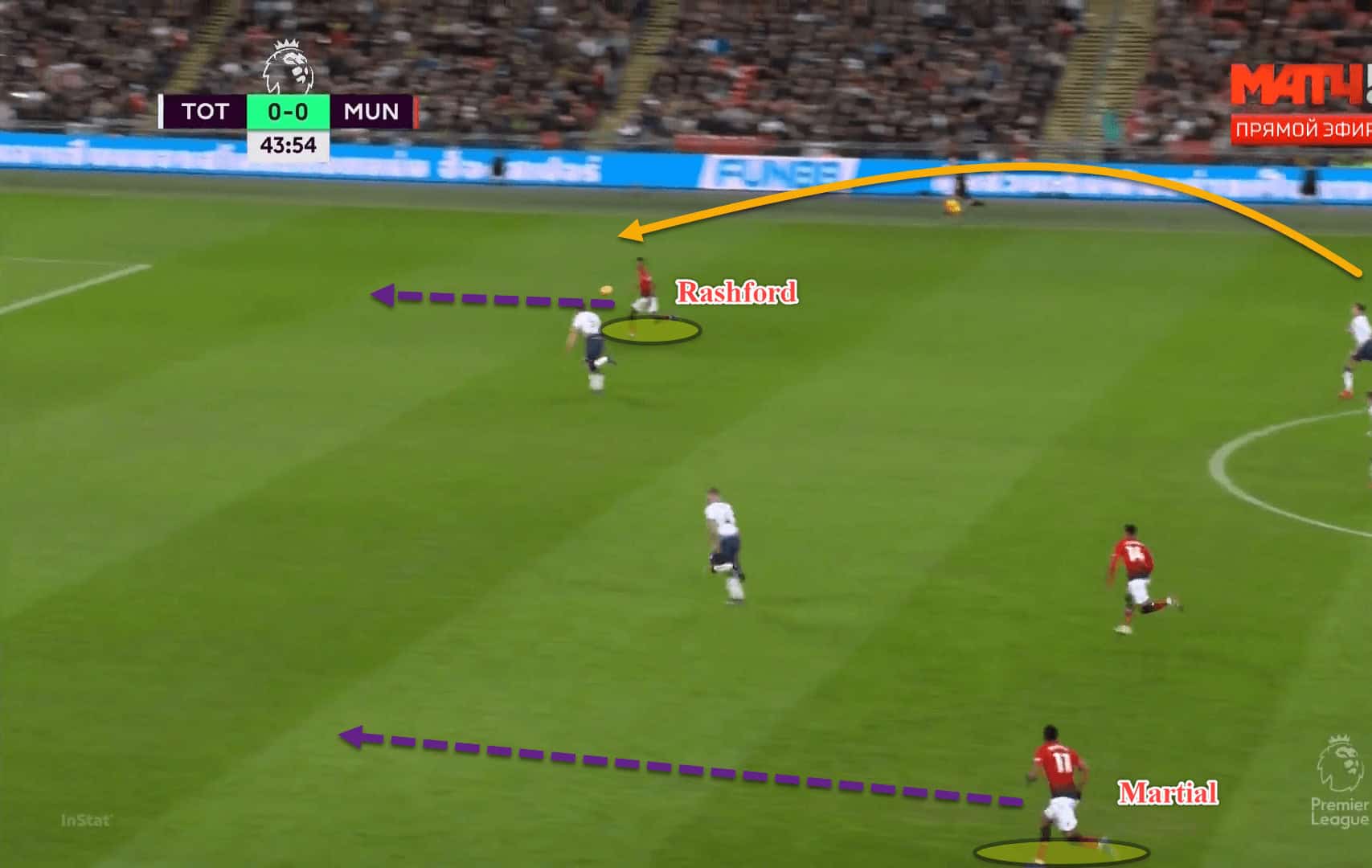
Here, Marcus Rashford and Anthony Martial were operating as the split strikers with Jesse Lingard sitting behind them in the hole.
Man United won the ball deep in their own half and as such, Rashford and Martial began running down the sides of the centre-backs due to Spurs’ fullbacks being caught out of position.
In the end, Paul Pogba lofted the ball through to Rashford who scored the only goal of the game to pick up a massive three points for Solskjaer’s men.
Young Boys’ counterattack in a similar manner to this.
As soon as possession is won, the two centre-forwards spread out and hit the channels.
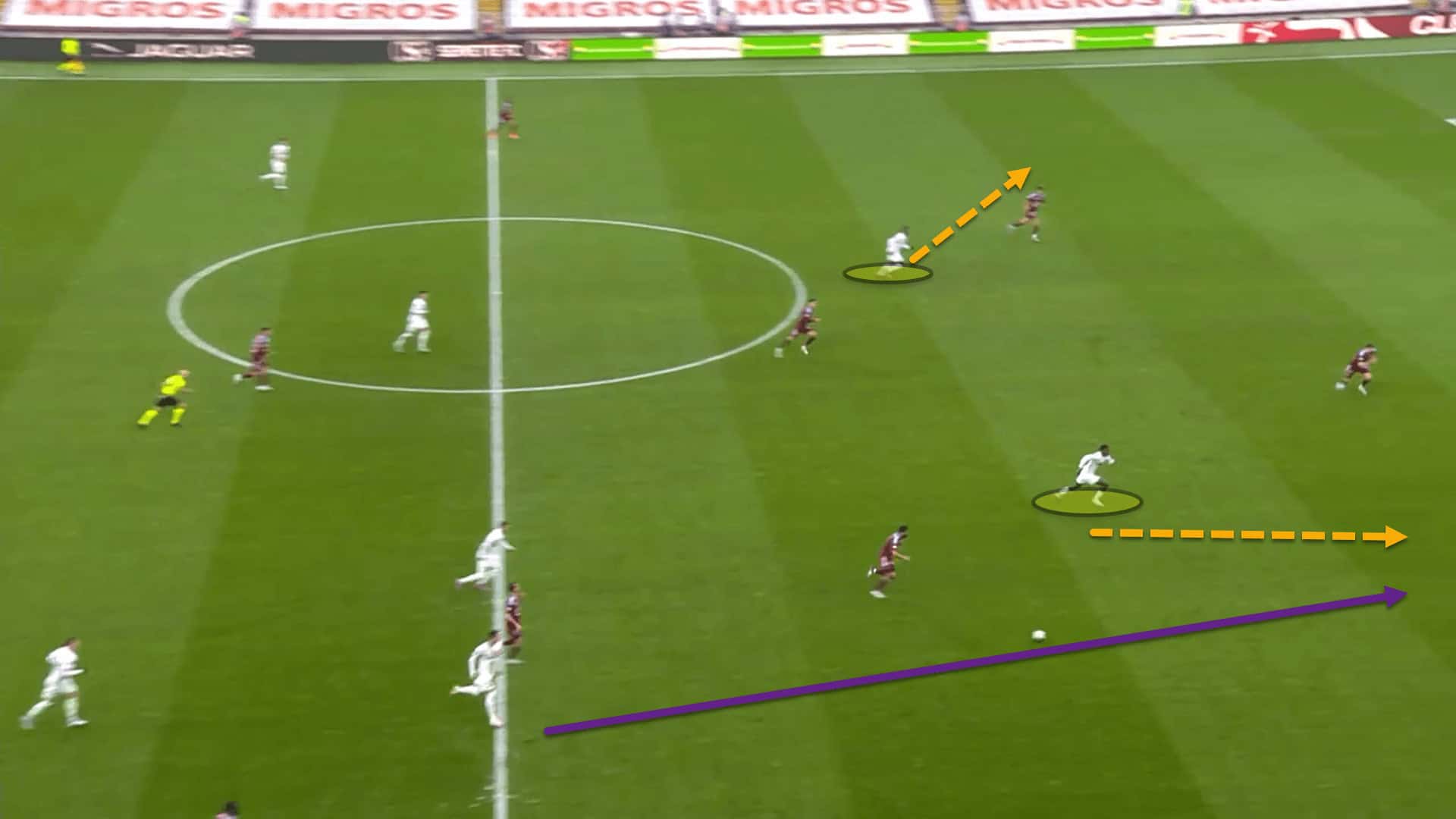
The idea is to be quick and preferably hit the first pass forward to the strikers.
Having the pace of players such as Nsame and Meschak Elia or Itten make Young Boys extremely dangerous on the break.
Getting back to the side’s pressing for a moment, Wicky’s team are really positive in their approach, looking to win the ball as close to the opposition’s goal as possible to potentially create opportunities.
But some risks come with this.
Since the Swiss coach pulls his entire midfield to the ball side and instructs them to lock on, there is no protection for the backline.
Normally, the pivot would sit a little deeper to protect the backline from balls played over the press.
However, when the number ‘6’ is really high up the pitch, supporting the press, nobody is doing this job and the space between the centre-backs and the midfield is stretched.
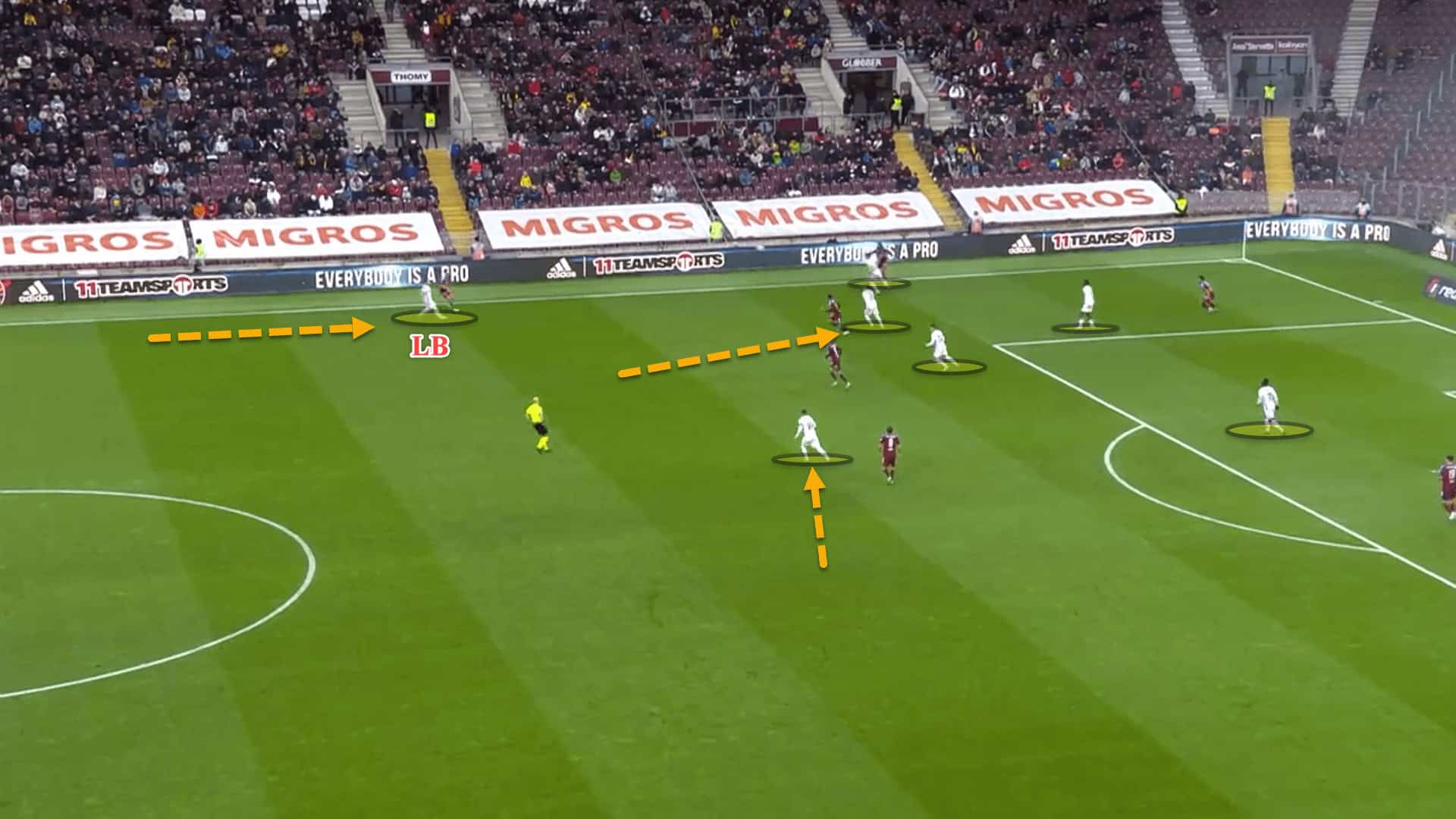
Here, the front six are all inside the final third.
There is no protection for the backline and so the defenders are forced to be really aggressive in their duels, man-marking and following their men into deeper areas.
It could be pretty straightforward for the opposition to lob the ball into their forwards, take on one of the defenders and get in behind.
Regardless, it’s part and parcel of being a risky side in and out of possession and the biggest risk you can take is to not take any risk at all.
Now, onto Young Boys’ tactics in possession.
Use of the goalkeeper
Risk not only plays a part in Young Boys’ defensive strategies but is also apparent when the Swiss Super League leaders are on the ball.
The side’s structure when building attacks is one of the most intriguing components of their game model.
Like many teams, Wicky wants to create a plus-one situation at the back against the opposition’s first line of pressure.
For instance, if the other team are defending with two men up top, Young Boys will ensure that there are three players under the ball, forming a 3v2.
It doesn’t always have to be with three players though.
If their opponents are defending with just one striker, then Young Boys will have numerical superiority with the two centre-backs.
However, quite a lot of teams in the modern game defend with a front two, particularly while pressing.
This means that Young Boys have to find ways to ensure they have an overload at the back.
There are several ways to do this – all avenues are explored by Wicky’s men.
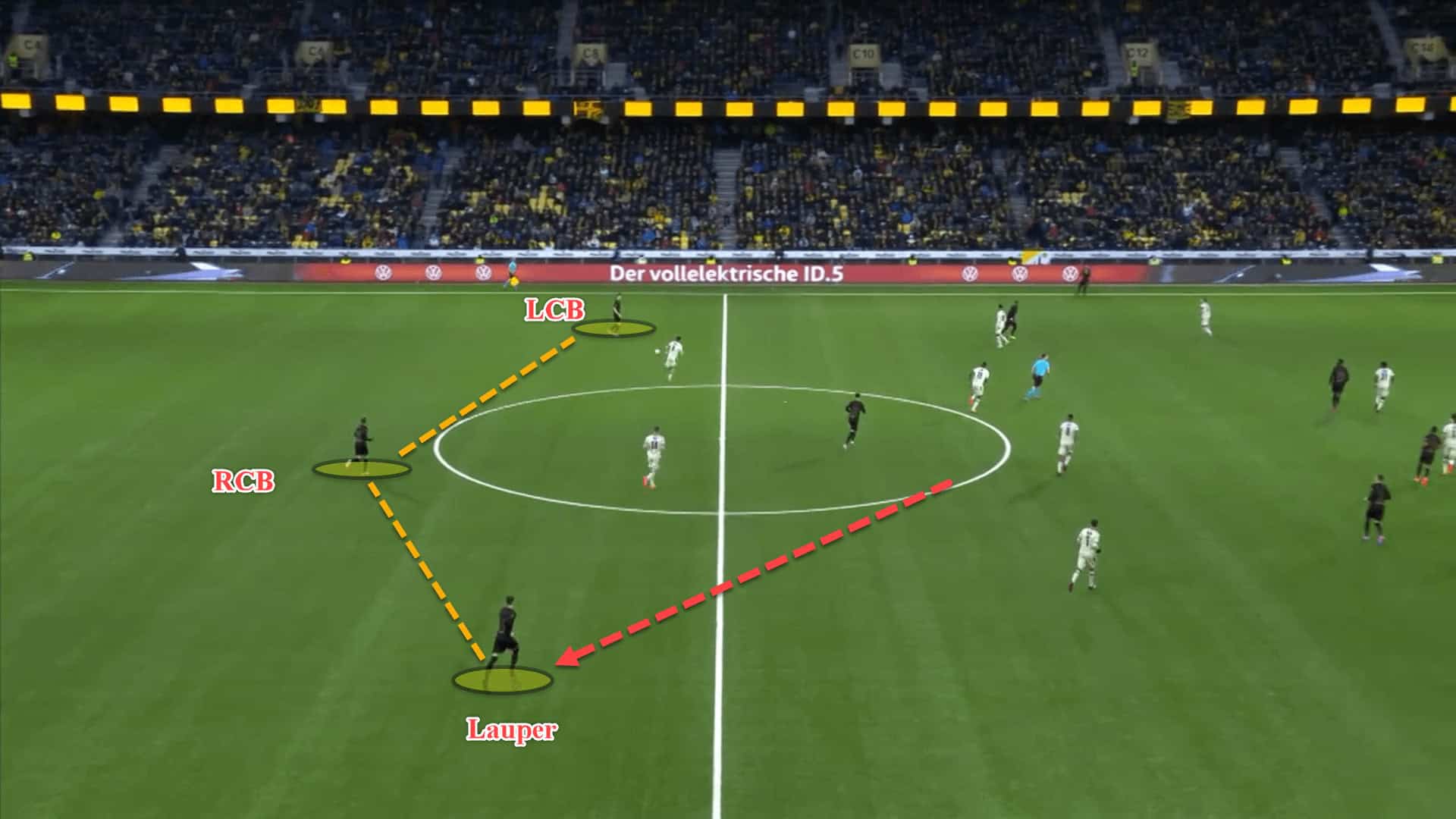
In this example, Basel are defending in a 4-4-2 shape.
Young Boys’ pivot player Sandro Lauper has dropped out to the right to become an auxiliary fullback.
Lauper could also fall between the centre-backs or even scoot across to the left to do the same thing, with all options providing him with different angles and possibilities to progress the ball.
Nevertheless, Wicky also offers his wide central midfielders the license to move into this fullback position to receive the ball.
All of this is done with the intention of drawing players out of the opposition’s block and creating spaces that others can move into to receive.
However, a common method of creating this plus-one scenario at Young Boys is using the goalkeeper in a higher position.
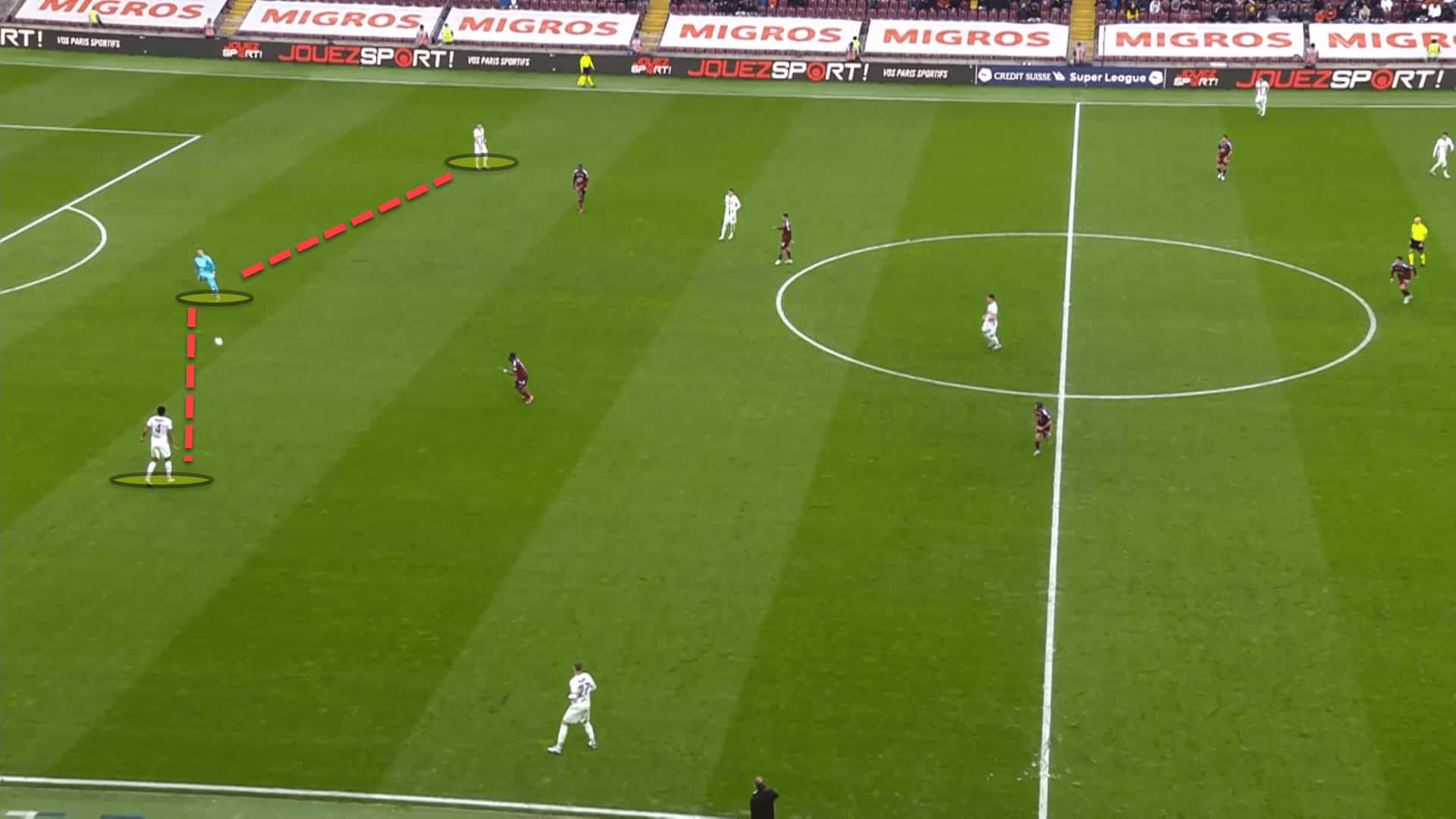
This is potentially the riskiest aspect of Young Boys’ game.
Having the goalkeeper so far out of position would have many coaches squirming with anxiety but Wicky has full trust in his goalkeeper Anthony Racioppi to circulate the ball around and play through the opponent’s first line.
The 24-year-old keeper’s heatmap backs this up.
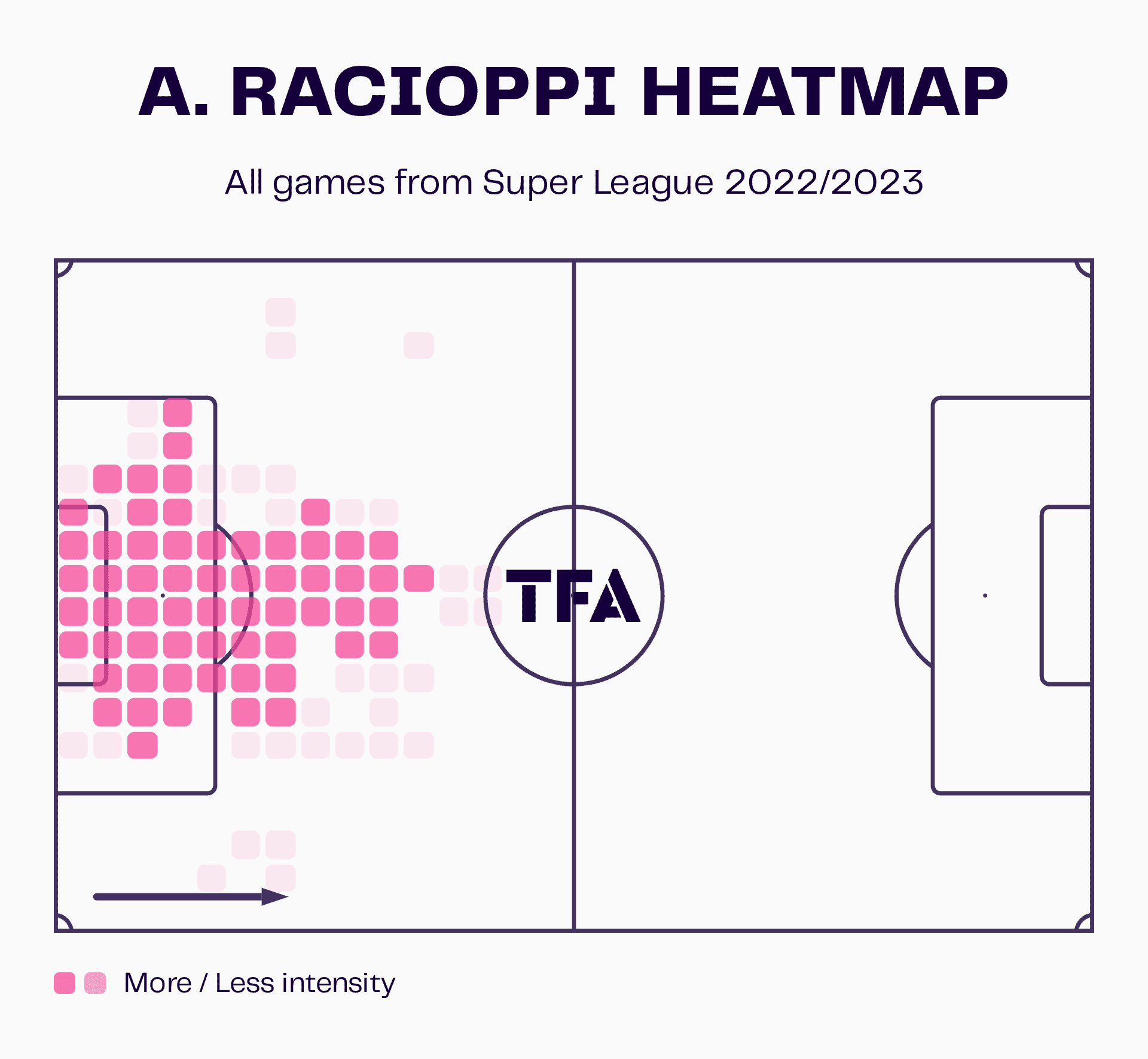
Racioppi spends a lot of time outside his own area with the ball, passing it around with his centre-backs, hoping to bypass the opposition’s press and progress the ball further up the pitch.
Many goalkeepers in this day and age are comfortable with the ball at their feet but very few venture outside their own area for prolonged spells of games.
Keep an eye on Racioppi for the future.
Young Boys are quite adept at beating a press too.
Many of their progressive passes this season have come from the first third of the pitch from the centre-backs or the goalkeeper.
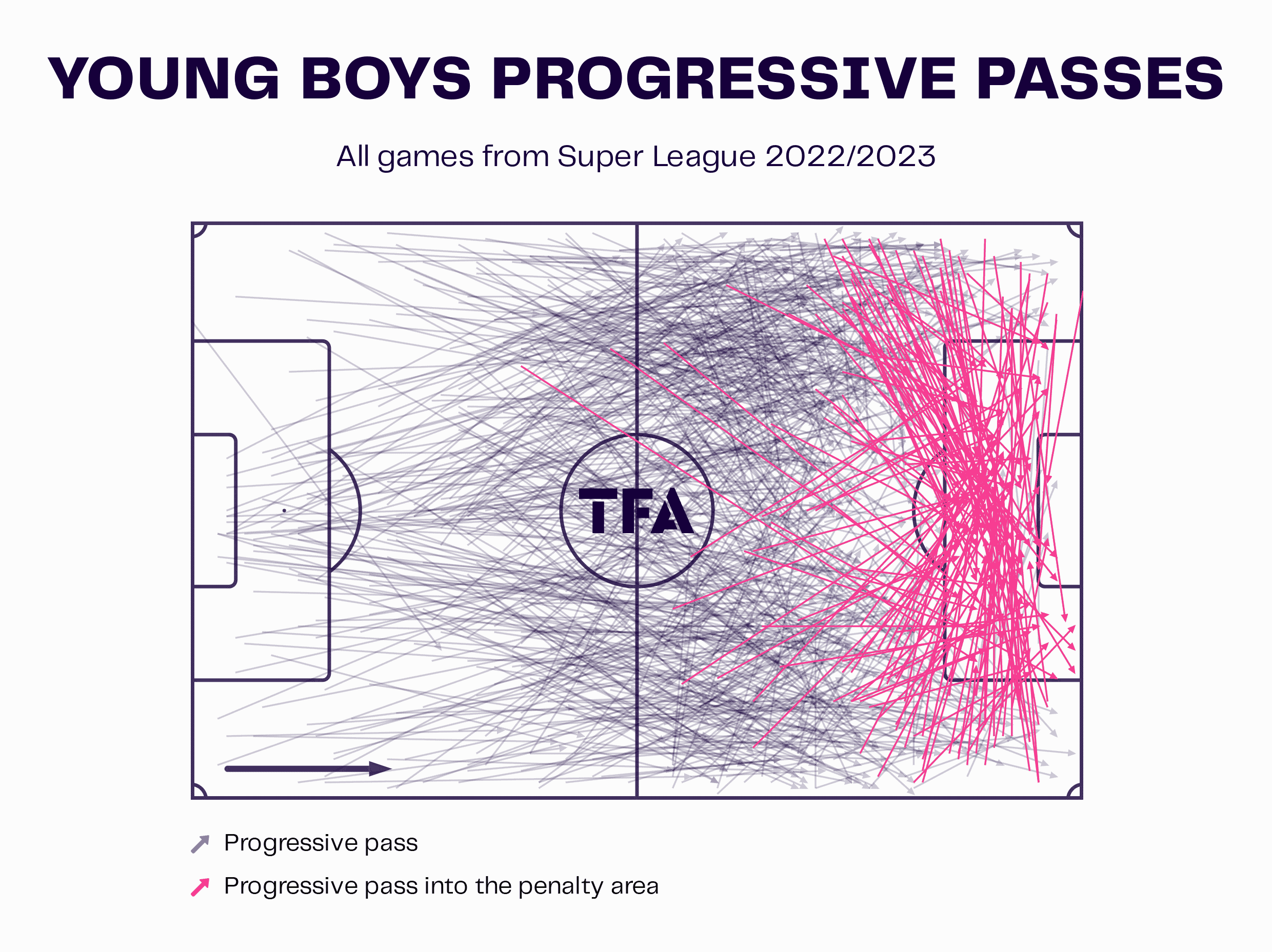
Their build-up routines are creative and fluid but further up the field, things get a little more bristly and rigid.
Cross, cross, cross
Alluding back to the aforementioned pizza chart, Young Boys rely quite heavily on crosses in order to create opportunities during a game.
Given their position in the league, they rank relatively low in terms of key passes and actually getting into the final third.
But once they get there, Wicky wants balls to be whipped in with speed.
Because Young Boys deploy a very narrow formation in the central areas, the fullbacks are relied upon to provide the service.
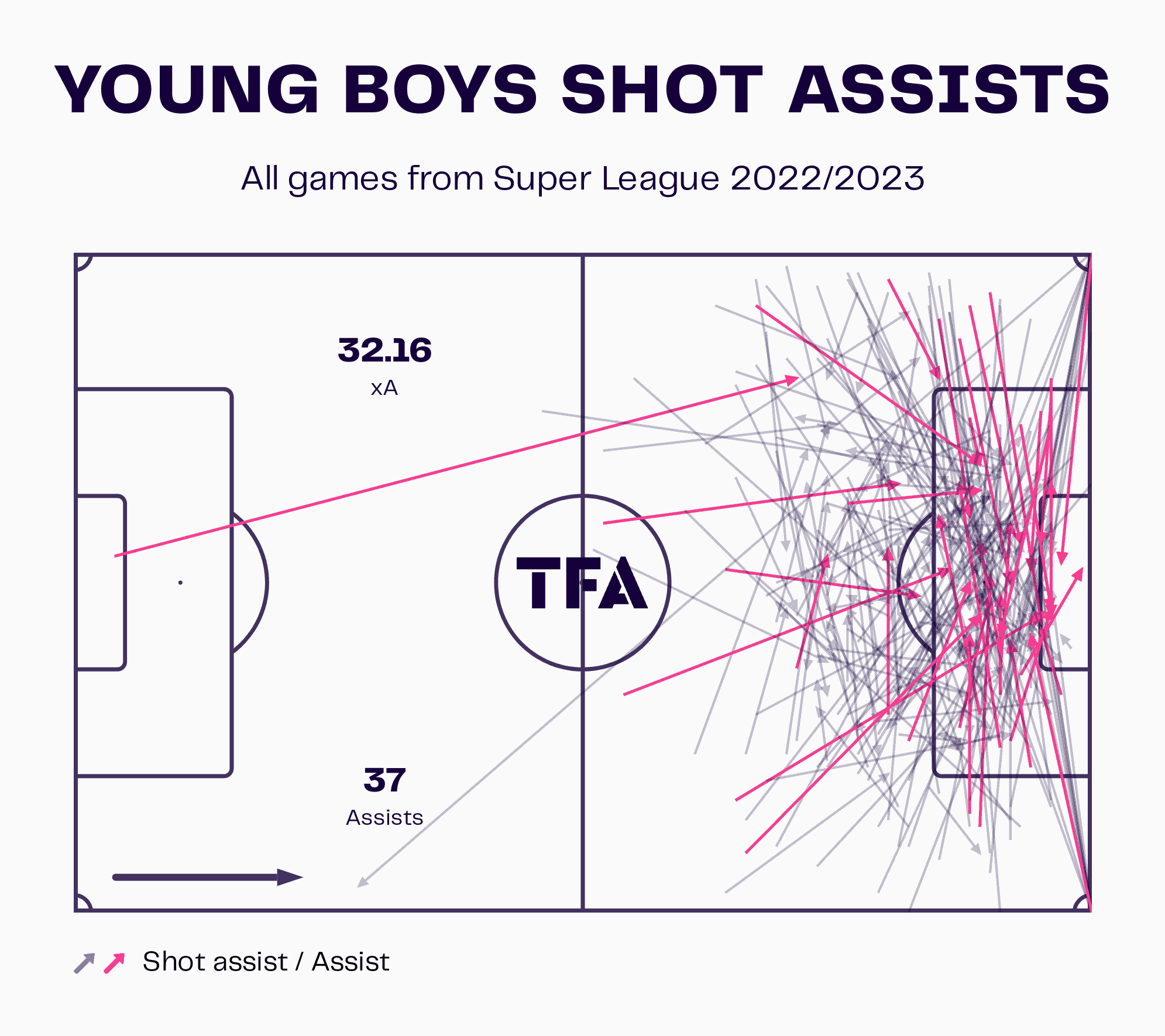
Using this data viz, let’s analyse Young Boys’ created chances this season in the Swiss Super League.
The first detail that stands out is just how many shot assists stem from the flanks.
Balls are constantly being crossed in from the wide areas towards the forwards.
When in these positions, Wicky instructs his team to pack the box with a lot of bodies which often causes an overload against the opposition’s available defence.
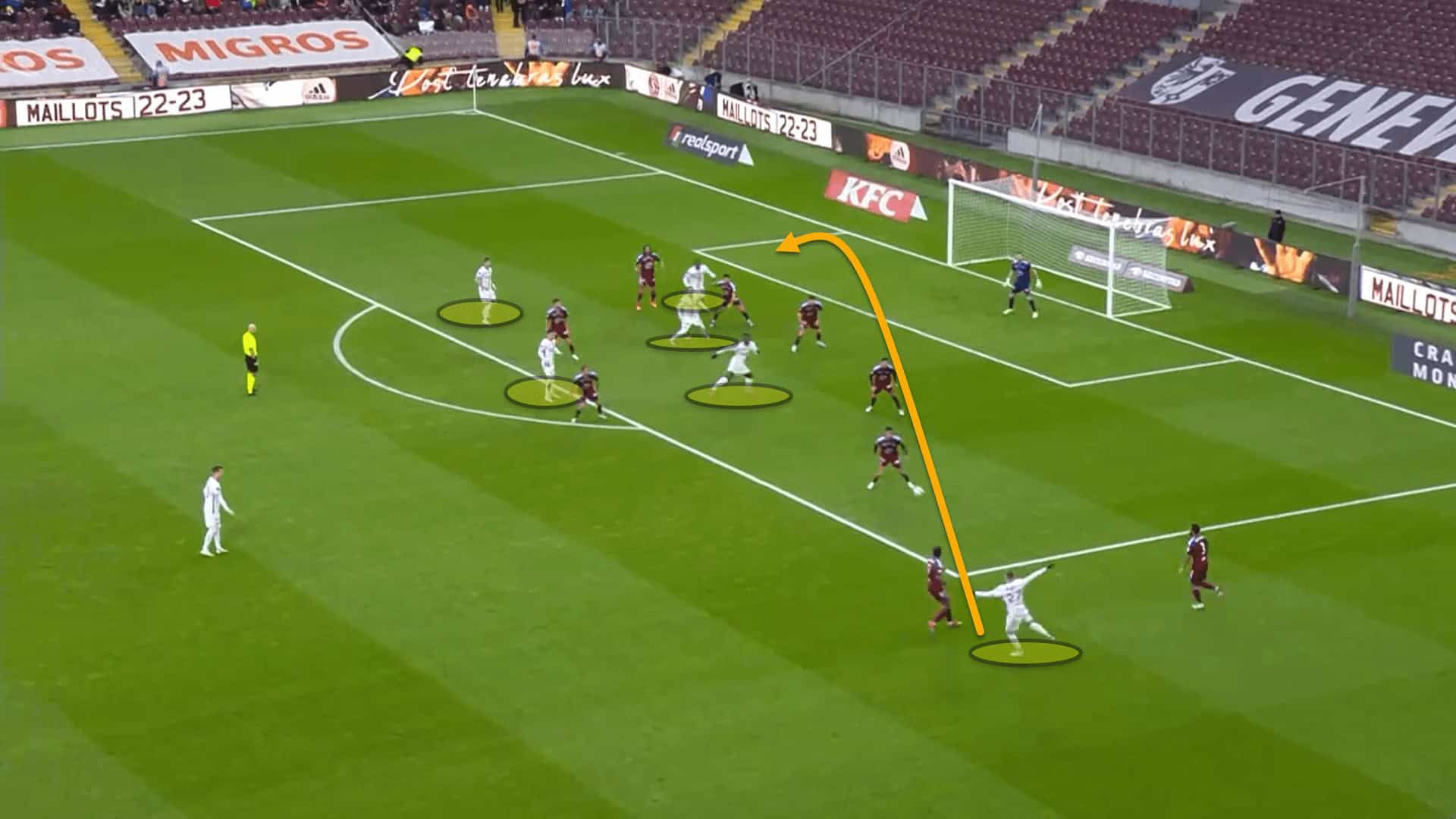
YB had five players in and around the 18-yard area with one whipping the ball in while four remained back.
Normally, teams attack with five and defend with five.
In this instance, Young Boys attacked with six and defended with four – quite a risky approach once again from the league leaders.
Analysing the directions of Young Boys’ crosses, Wicky’s men have seen more success down the right side, but the difference is marginal at best.
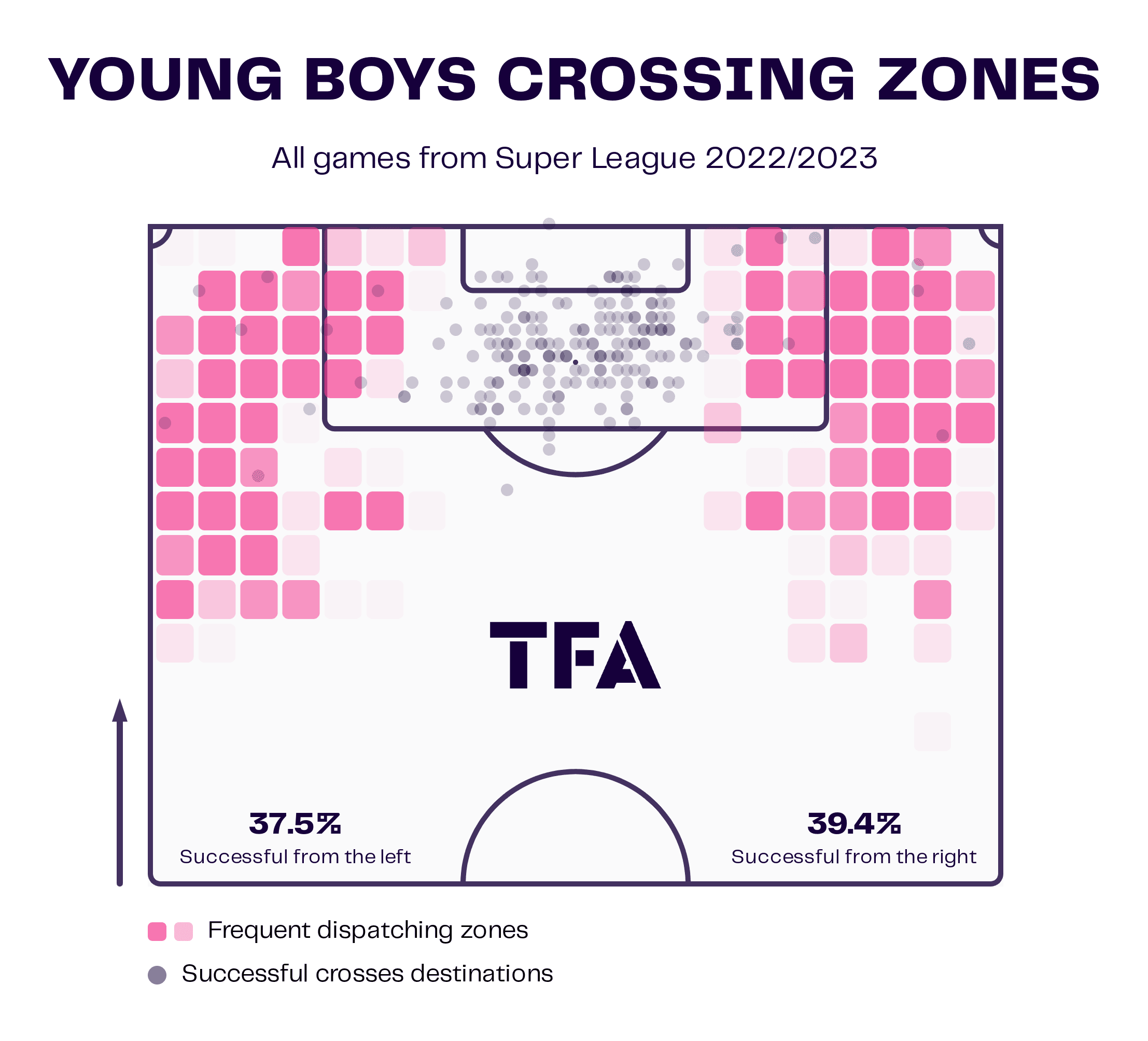
Young Boys are the top goalscorers in Switzerland’s top-flight division and have averaged roughly 2.5 goals per 90 which is an outstanding record, especially when paired with a defensive record of 0.73 goals conceded per game.
What’s more impressive is that Wicky’s side have overperformed their xG too.
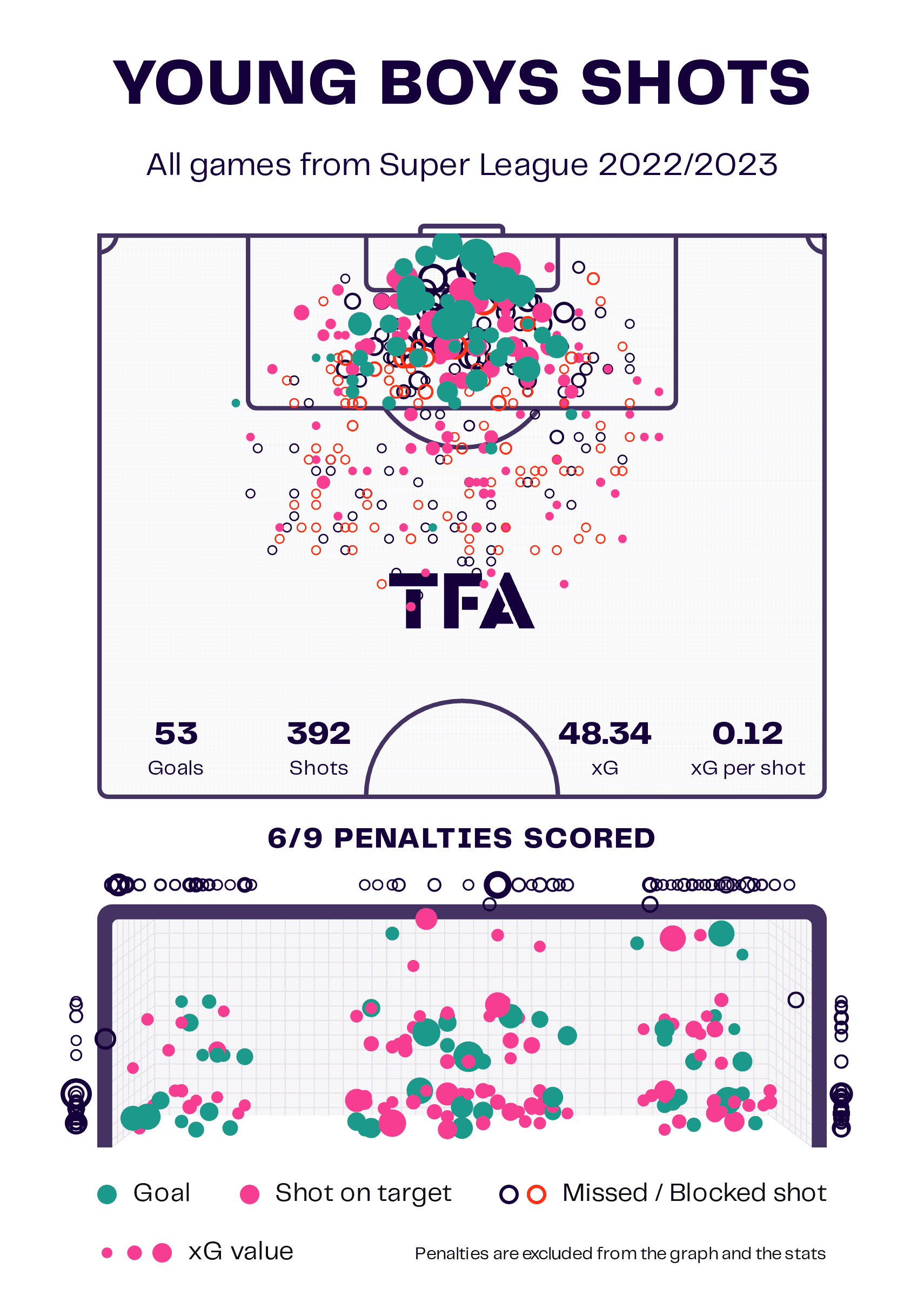
The Swiss giants are not struggling in front of goal.
Having registered a non-penalty xG of 48.34 so far, Young Boys have bagged 53 times, excluding goals or xG from the spot.
Furthermore, while some balls are still being struck from range, most are inside the box where the highest quality chances come from.
Conclusion
Wicky’s tactics at Young Boys are certainly intriguing, although there is nothing overly innovative about his approach.
However, the system being deployed by the head coach is effective, to say the least.
Stakeholders in the club would have wanted to wipe last season from their memories and Wicky has made that much easier than it seemed at the time.
From 15 points adrift of their own title in the previous campaign, to 15 points on top this time around, Young Boys are back at the summit of the Swiss Alps, and it’ll take an extraordinary effort to knock them off their perch once again.






Comments